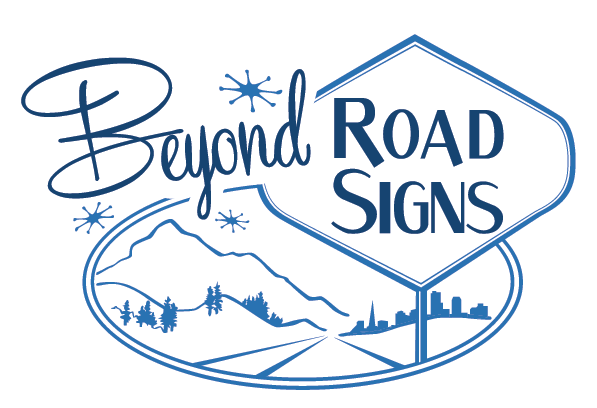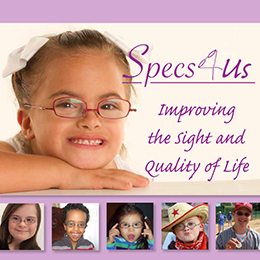The Rich History of Stirling, in Central Scotland
/Stirling ̪̪is a city in central Scotland. Located on the River Forth, Stirling is the administrative center for the Stirling council area, and is traditionally the county town of Stirlingshire. Proverbially it is the strategically important "Gateway to the Highlands". It has long been one of the most important cities in Scotland because of it being in the center.
The market town, surrounded by rich farmland, grew up connecting the royal citadel, the medieval old town with its merchants and tradesmen, the bridge and the port. Hence this is the location of Stirling Castle. It is has long been said "Stirling, like a huge brooch clasps Highlands and Lowlands together". Similarly "he who holds Stirling, holds Scotland," is often quoted. Stirling's key position as the lowest bridging point of the River Forth before it broadens towards the Firth of Forth, made it a focal point for travel north or south. This is where Robert the Bruce defeated England and gained their independence and where William Wallace had his victory on Scotland's oldest bridge pictured here.
This bridge was the only place to cross from the Scottish lowlands into the highlands. Wallace tricked the English to cross the bridge, since they were greatly out manned. The original bridge was wood and only four men could walk abreast. After enough warriors crossed, Wallace and his men attacked and with the retreat the bridge collapsed and many drowned, and victory was ensured. The bridge in these photos was built to replace the wooden one destroyed in the battle of Stirling.
Once the capital of Scotland, Stirling is visually dominated by Stirling Castle. Stirling also has a medieval parish church, the Church of the Holy Rude, where, on 29 July 1567, the infant James VI was anointed King of Scots by the Bishop of Orkney with the service concluding after a sermon by John Knox. The poet King was educated by George Buchanan and grew up in Stirling. He was later also crowned King of England and Ireland on 25 July 1603, bringing closer the countries of the United Kingdom.
On 29 July 1567 the infant son of Mary, Queen of Scots, was anointed James VI of Scotland in the church, and a party like no other was thrown in Stirling Castle. One of the principal royal strongholds of the Kingdom of Scotland, Stirling was created a royal burgh by King David I in 1130.






















